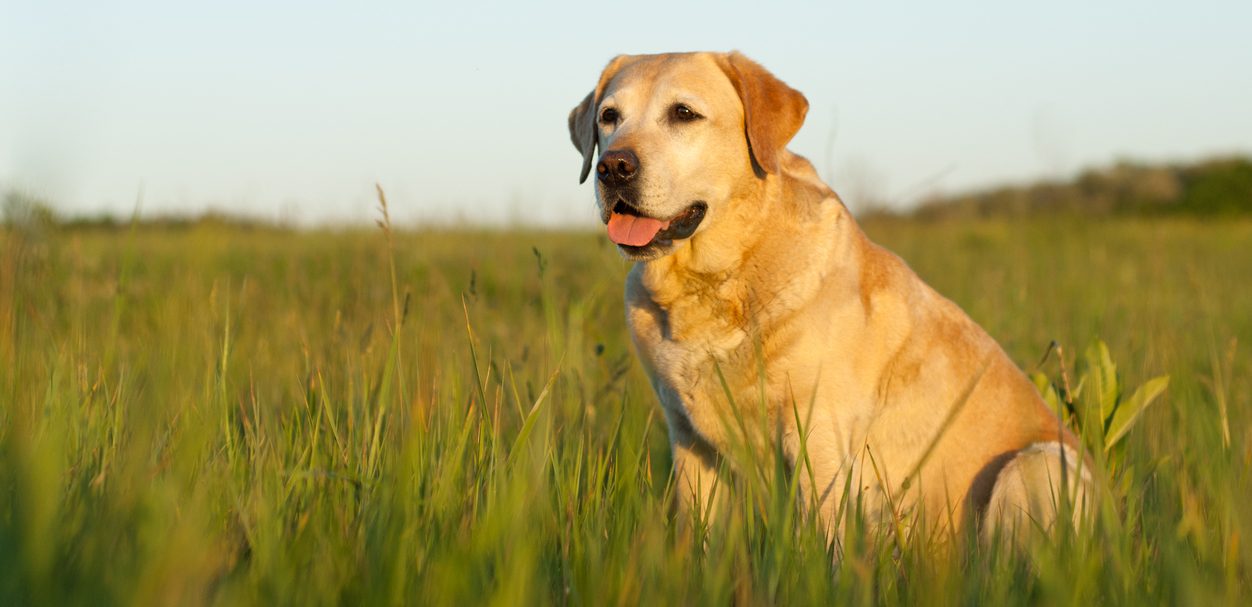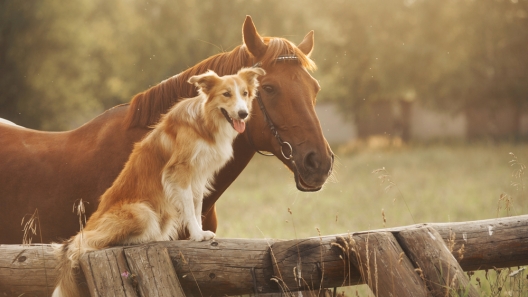-
Activity Level:
high
-
Shedding Level:
high
-
Grooming Level:
low
-
Trainability:
high
-
Good for Novice Owners:
high
-
Adaptability:
high
-
Kid/Pet Friendly:
often
-
Prey Drive:
low
-
Watchdog:
aware
- Average Size: Medium
- Average Lifespan: 11-13 years
- Registered?: aca, akc
Yellow Labrador Retriever Dog Breed Information
Overview
Temperament
Adaptability
Health
Owner Experience
Grooming
Activity Level
Size
Life Span
Did You Know?
There is a reason that year after year, the Labrador Retriever is one of the most popular dog breeds in the United States. The history of the Labrador Retriever dates back to the early 1800s in Newfoundland, just off the Atlantic coast of Canada.
Today’s Lab is a product of the breed being imported to England by the First and Second Dukes of Malmesbury and the 5th and 6th Dukes of Buccleuch as Water Fowl Retrievers. Had these families not played a vital part in the continuation of the breed, the loving and affectionate Labs we have all grown to love may not exist today.
The first recognized Yellow Labrador Retriever was born in 1899. One of the friendliest breeds out there, Yellow Labs are great companions and love to be a part of the family. While the color yellow is part of their namesake, their coats range from fawn or cream to butterscotch or a deep golden hue.
Coming into popularity during the mid-20th century, the Yellow Labrador Retriever has been a staple for hunters and family homes alike ever since. As one of the world’s favorite pets and consistently one of the most popular dog breeds, they’re also known for being popular guide dogs, service dogs, search and rescue dogs, hunting dogs, and, of course, loving companion breeds.
Yellow Labs bond closely with their families and thrive on attention and affection from them. Labrador Retrievers are also known as one of the kid-friendly dog breeds. When well-socialized and trained, these dogs tend to get along well with children, other dogs, and other pets.
They can have a high prey drive. They may still chase pets outside of the family, but they tend to do well with animals they have been raised and socialized with. There are differences among individual dogs, but this is one of the reasons Labs are considered one of the best dog breeds for cats.
Although they will often bark to alert you, they also tend to be open and friendly to meeting strangers and making new friends. After all, they love to play, so they tend to be happy with having more friends to play with who can also give them attention.
Yellow Labs delight in big spaces, opting to run and play wildly. However, they will happily lounge on the couch after having a long, hard run outside. Even though they prefer larger spaces, they can adapt to apartment living if they get enough daily exercise, attention, and mental stimulation.
Their double coat also makes them a good fit for just about any climate. As with most dogs, they are sensitive to heat or extreme cold. As one of the most affectionate dog breeds, they bond closely with their families and do not like to spend long periods of time alone.
Potential health concerns to be aware of in a Yellow Labrador Retriever can include elbow dysplasia, hip dysplasia, cataracts, progressive retinal atrophy, heart disease, and hereditary myopathy. There is also a condition called exercise-induced collapse. It has a genetic link and can occur in young adult Labs. DNA tests can identify carriers and it is recommended that breeders test for it.
Good breeding practices make a big difference in the health of Yellow Lab puppies and reputable breeders will screen their dogs to make sure they are not passing preventable issues to puppies. Make sure you ask about the health and genetic history of both parents and about any health tests or clearances.
The national breed club recommends hip and elbow evaluations, an ophthalmologist evaluation, a Centronuclear Myopathy (CNM) DNA test, a Progressive Retinal Atrophy (PRCD, PRA-prcd) DNA test, a D Locus (Dilute) DNA test, and an EIC DNA test at a minimum.
Labrador Retrievers are large, deep-chested dogs, which puts them at a higher risk for bloat. Bloat in dogs can be dangerous and quickly becomes fatal if gastric torsion occurs (i.e. if the stomach flips). It’s important to know how to reduce the risk and what symptoms to look for so you know when to get to the emergency vet.
Yellow Labs are loyal companions with few drawbacks. As one of the smartest dog breeds, they respond well to training, aren’t overly stubborn despite their intelligence, and like to stay mentally stimulated. Treats never hurt, of course.
This, paired with their eagerness to please, makes them a highly trainable dog breed that is a good fit for owners of any experience level. They are even considered one of the best dog breeds for first-time owners.
With minimal training, these dogs can control their barking and digging without much trouble. They’re even adept at rescue techniques – if you’re up for a little extra training. Labs are also one of the dog breeds that make the best service dogs, which only speaks more to their high trainability.
Yellow Labs have short, double-layered, and water-resistant fur. Its density insulates and protects them from the cold. As one of the dog breeds that tend to love water, they will often try to swim any time of year.
These dogs experience heavier seasonal shedding twice a year and slight shedding throughout the year. You should give your dog a bath as needed, and more often if they are active outdoors and especially if they’re avid swimmers. Giving them a good brush once a week or a few times a week should keep their coats shiny and healthy.
In addition to coat care, you will also need to take care of your Yellow Labrador Retriever’s nails, ears, and teeth. Trimming your dog’s nails once or twice monthly is usually sufficient to keep them from getting too long or snagging on things. It’s also important to regularly check your dog’s ears and carefully clean them as needed to help prevent ear infections.
Proper dental care for dogs includes brushing their teeth or using an enzyme toothpaste every day and cleanings at the vet when needed. This helps prevent the tartar buildup that causes dental diseases like gum disease and tooth decay later in life. You can also supplement your dental care efforts with dental hygiene chews, a special dental care diet, and more.
Labrador Retrievers are high-energy dogs and they are considered one of the most active dog breeds. They were bred to be working dogs and need exercise. A few daily walks and some time to run should be sufficient, but they will likely be up for more if you are.
Yellow Labs also need a fair amount of mental activity as well; they like to stay sharp. Challenging toys and puzzles, plus fun games, will keep your dog’s mind engaged. These dogs also tend to have an extended puppyhood and tend to maintain puppy-like energy and exuberance until they are 2-3 years old.
Fully-grown Yellow Labrador Retrievers usually stand 21-25 inches tall and weigh 55-80 pounds.
Yellow Labs generally live for 11-13 years on average.
One of the facts about Labrador Retrievers is that it was traditional in Newfoundland for every fishing boat to have a Labrador Retriever. They would help retrieve the fish and fishing nets as they came in off the trawl.









